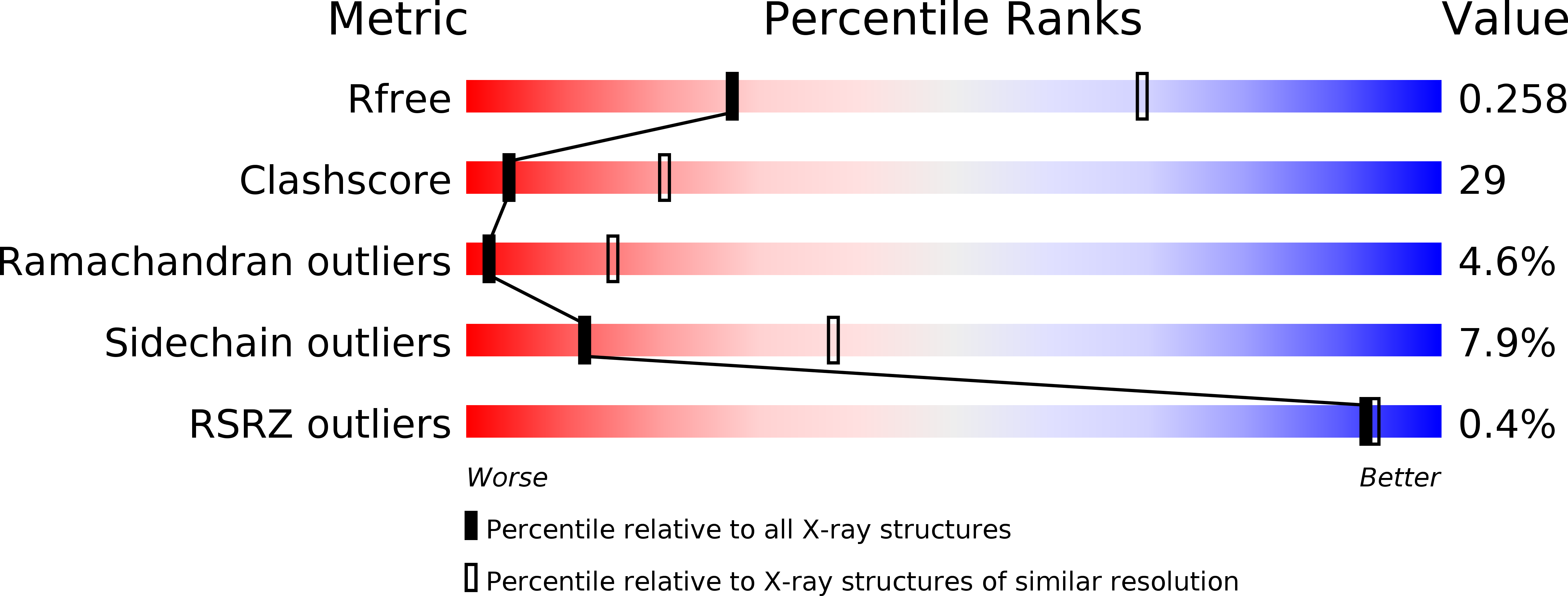
Deposition Date
2009-09-08
Release Date
2010-04-21
Last Version Date
2024-11-20
Entry Detail
PDB ID:
3JQZ
Keywords:
Title:
Crystal Structure of Human serum albumin complexed with Lidocaine
Biological Source:
Source Organism:
Homo sapiens (Taxon ID: 9606)
Host Organism:
Method Details:
Experimental Method:
Resolution:
3.30 Å
R-Value Free:
0.26
R-Value Work:
0.22
R-Value Observed:
0.22
Space Group:
I 41


